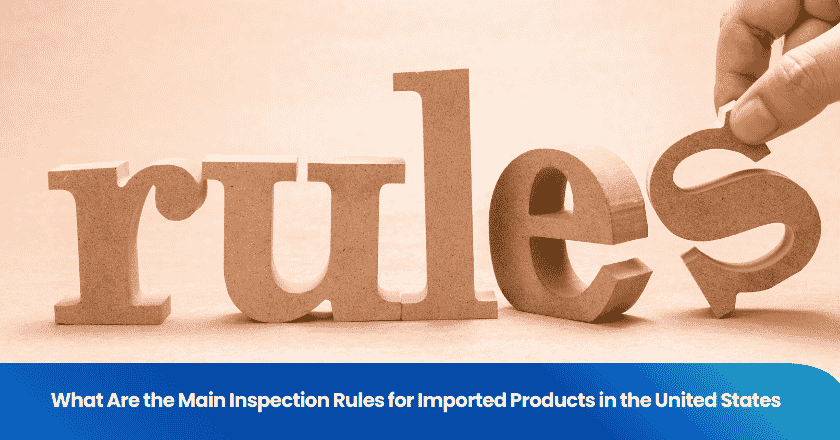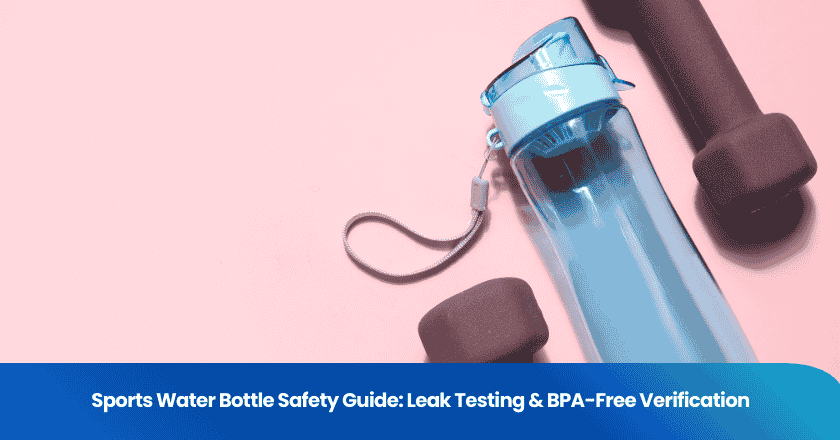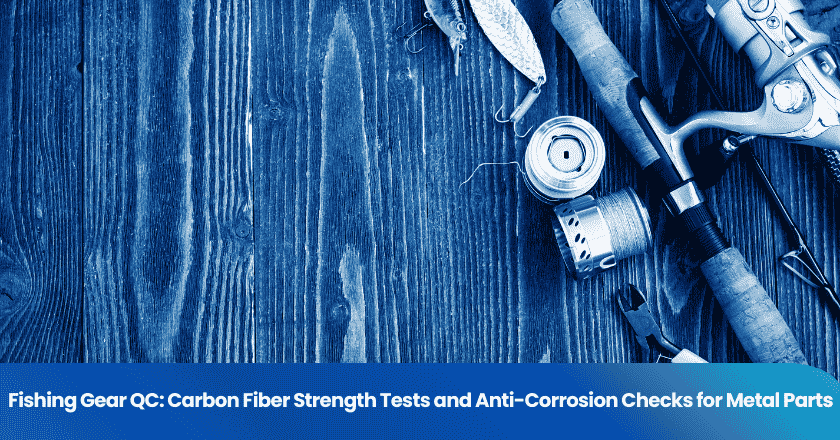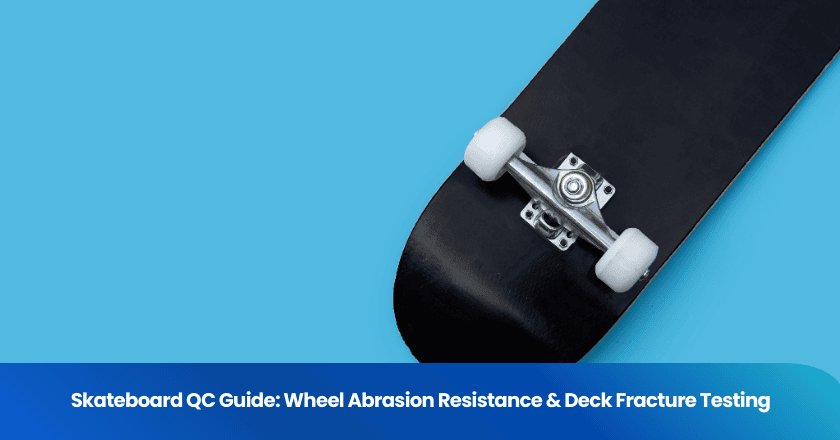
Imported product inspection in the United States follows strict federal guidelines. Federal agencies such as the FDA, USDA, and CPSC enforce these rules to protect public health and safety. They often inspect food, electronics, chemicals, and consumer goods at ports of entry. Importers must provide accurate documentation and meet all regulatory requirements to ensure their shipments clear customs without delays or penalties.
Key Takeaways
- Multiple federal agencies like FDA, USDA, EPA, and CPSC inspect imported products to ensure safety and compliance.
- Importers must provide accurate documents such as certificates, permits, and prior notices to avoid shipment delays.
- The inspection process includes electronic screening, physical checks, and possible laboratory testing of products.
- Customs requires proper entry filings and duty payments before releasing shipments into the U.S. market.
- Staying organized, updated on regulations, and communicating early with agencies helps importers prevent problems.
Regulatory Agencies
Several federal agencies oversee imported product inspection in the United States. Each agency focuses on specific product categories and enforces unique regulations to protect consumers and the environment.
FDA
The Food and Drug Administration (FDA) regulates food, beverages, dietary supplements, cosmetics, medical devices, and pharmaceuticals. FDA officers inspect shipments at ports of entry. They check for compliance with safety standards, labeling requirements, and ingredient restrictions. The FDA uses electronic screening systems to identify high-risk products. Officers may conduct physical inspections or collect samples for laboratory analysis.
Tip: Importers should verify that all FDA-regulated products meet U.S. standards before shipment to avoid delays.
USDA & APHIS
The United States Department of Agriculture (USDA) and the Animal and Plant Health Inspection Service (APHIS) monitor agricultural imports. USDA inspects meat, poultry, and egg products. APHIS focuses on plants, seeds, and live animals. These agencies prevent the introduction of pests, diseases, and contaminants. Officers review health certificates, permits, and packaging. They may quarantine shipments or require additional testing.
| Agency | Products Inspected | Main Role |
|---|---|---|
| USDA | Meat, poultry, eggs | Food safety, disease prevention |
| APHIS | Plants, seeds, animals | Pest and disease control |
EPA
The Environmental Protection Agency (EPA) regulates chemicals, pesticides, and hazardous substances. EPA officers inspect imported chemicals for compliance with environmental laws. They review documentation such as Toxic Substances Control Act (TSCA) certifications. EPA ensures that products do not pose risks to human health or the environment.
CPSC
The Consumer Product Safety Commission (CPSC) oversees consumer goods such as toys, electronics, and household items. CPSC officers check for compliance with safety standards, labeling, and testing requirements. They may conduct random inspections or target products with known safety concerns. CPSC aims to prevent injuries and protect consumers from unsafe products.
Note: Each agency has its own inspection procedures and documentation requirements. Importers must understand which agency regulates their products to ensure smooth entry into the United States.
Imported product inspection involves coordination among these agencies. Their combined efforts help maintain safety, quality, and compliance for goods entering the U.S. market.
Imported Product Inspection Process
Inspection Rules
Imported product inspection at U.S. ports of entry follows a structured process. Federal agencies enforce specific rules to ensure that all goods meet safety and quality standards. Officers begin by reviewing shipping documents and verifying product classifications. They use electronic systems to screen shipments for potential risks. These systems flag items based on factors such as country of origin, product type, and importer history.
Physical inspection may follow electronic screening. Officers select shipments for examination based on risk assessments or random sampling. They open containers, check packaging, and inspect products for compliance with regulations. If necessary, they collect samples for laboratory analysis. Reinspection can occur if initial findings raise concerns or if agencies require additional verification.
Note: Officers may detain shipments that do not meet inspection rules. Importers must address any issues before customs releases the goods.
Prior Notice
Certain products require prior notice before arrival in the United States. The Food and Drug Administration mandates this step for food, beverages, and dietary supplements. Importers must submit detailed information about the shipment, including product description, manufacturer, and expected arrival time. This advance notice allows agencies to prepare for inspection and allocate resources efficiently.
Failure to provide prior notice can result in shipment delays or refusal of entry. Importers should ensure that all required information reaches the appropriate agency before the goods arrive at the port.
| Product Type | Prior Notice Required | Agency |
|---|---|---|
| Food & Beverages | Yes | FDA |
| Medical Devices | Sometimes | FDA |
| Plants & Animals | Yes | USDA/APHIS |
Federal Grant of Inspection
Some imported products, especially meat, poultry, and egg products, need a federal grant of inspection. The United States Department of Agriculture issues this grant after verifying that the foreign facility meets U.S. standards. Officers review health certificates, inspect packaging, and confirm that products originate from approved sources.
The federal grant of inspection serves as official approval for entry into the U.S. market. Without this grant, customs will not release the shipment. Importers must maintain up-to-date records and ensure that all documentation matches the shipment details.
Tip: Importers should work closely with inspection agencies to understand the requirements for each product category. Proper preparation reduces the risk of delays and ensures compliance with imported product inspection rules.
Imported product inspection remains a critical step in the import process. Agencies use a combination of electronic screening, physical checks, and documentation review to protect consumers and uphold regulatory standards.
Documentation
Proper documentation plays a critical role in the import process. U.S. authorities require specific paperwork to verify compliance and ensure the safety of imported goods. Importers should prepare and organize all necessary documents before their shipments arrive at the port.
Certificates
Certificates serve as official proof that products meet U.S. standards. Common certificates include health certificates for food, phytosanitary certificates for plants, and certificates of analysis for chemicals. These documents confirm that products have passed inspections in their country of origin. Officers at the port review certificates to verify authenticity and accuracy.
Tip: Importers should check the expiration dates and ensure that certificates match the shipment details. Incomplete or outdated certificates can cause delays.
Permits
Permits grant legal authorization to import certain regulated products. Agencies such as USDA, APHIS, and EPA require permits for items like live animals, seeds, pesticides, and hazardous materials. Importers must apply for permits in advance and submit supporting documents. Officers may request to see permits during the inspection process.
Types of permits often required:
- Import permits for plants and animals
- Environmental permits for chemicals
- Special permits for restricted goods
Compliance Records
Compliance records document an importer’s adherence to U.S. regulations. These records include test results, inspection reports, and prior notices. Agencies may audit these records to confirm ongoing compliance. Organized records help importers respond quickly to agency requests and reduce the risk of shipment detention.
Note: Keeping accurate and up-to-date compliance records supports a smooth import process and demonstrates a commitment to regulatory standards.
Customs and Tariffs
Entry Procedures
U.S. Customs and Border Protection (CBP) manages the entry of goods into the country. Importers must file an entry with CBP when their shipment arrives at a port of entry. This process includes submitting documents such as the bill of lading, commercial invoice, and packing list. CBP officers review these documents to verify the shipment’s details and ensure compliance with all regulations. They may request additional information or clarification if they find discrepancies. Importers should keep all paperwork organized and ready for inspection.
Tip: Early and accurate submission of entry documents helps prevent unnecessary delays at the port.
Duty Assessment
CBP determines the amount of duty, or import tax, owed on each shipment. Officers classify goods using the Harmonized Tariff Schedule of the United States (HTSUS). The classification depends on the product’s type, material, and country of origin. CBP calculates duties based on the declared value and applicable tariff rates. Importers must pay all assessed duties before CBP releases the goods. Failure to pay the correct amount can result in fines or shipment holds.
| Step | Description |
|---|---|
| Classification | Assigning HTSUS code to the product |
| Valuation | Determining the value for duty calculation |
| Duty Payment | Paying the required import taxes |
Handling Non-Compliance
CBP enforces strict rules for non-compliance. If officers find errors in documentation, unpaid duties, or regulatory violations, they may detain or seize the shipment. Importers must address any issues before CBP releases the goods. Penalties can include fines, increased inspections, or even denial of entry for future shipments. Maintaining accurate records and following all procedures reduces the risk of non-compliance.
Note: Importers who stay informed about customs requirements and respond quickly to CBP requests can avoid most common problems.
Compliance Tips
Best Practices
Importers can improve compliance by following several proven strategies. They should organize all documentation before shipments arrive at the port. Accurate records help agencies verify product details quickly. Importers benefit from regular training on regulatory changes. They should review agency guidelines for each product category. Many successful importers use checklists to track certificates, permits, and prior notices.
Tip: Early communication with customs brokers and inspection agencies can prevent misunderstandings and reduce delays.
A clear process for responding to agency requests also supports smooth clearance. Importers who assign responsibilities within their teams often resolve issues faster.
Common Mistakes
Many importers face delays due to avoidable errors. Missing or incomplete documents remain a leading cause of shipment holds. Some importers overlook expiration dates on certificates or fail to match permit details with shipment records. Others underestimate the importance of prior notice for regulated goods.
| Mistake | Impact |
|---|---|
| Inaccurate documentation | Shipment delays or holds |
| Expired certificates | Entry refusal |
| Ignoring agency updates | Non-compliance penalties |
Importers should double-check all paperwork and stay alert to regulatory changes.
Staying Updated
Regulations for imported goods change frequently. Importers should monitor updates from agencies such as FDA, USDA, and CBP. Subscribing to official newsletters or alerts helps companies stay informed. Many agencies publish guidance documents and FAQs on their websites. Regular review of these resources ensures ongoing compliance.
Note: Staying proactive with regulatory updates reduces the risk of non-compliance and supports a successful imported product inspection process.
Imported product inspection in the United States involves strict rules and oversight from multiple federal agencies. Importers must understand agency-specific regulations and prepare accurate documentation. They benefit from organizing records, monitoring regulatory updates, and seeking expert advice.
Staying informed and proactive helps importers avoid delays, penalties, and compliance issues.
- Review agency guidelines regularly
- Maintain complete and current documentation
- Respond quickly to inspection requests
FAQ
What documents do importers need for product inspection?
Importers need certificates, permits, and compliance records. Officers review these documents at the port. Organized paperwork helps agencies verify product details quickly.
Which agency inspects food products at U.S. ports?
The Food and Drug Administration (FDA) inspects food, beverages, and dietary supplements. Officers check for safety, labeling, and ingredient compliance.
How can importers avoid shipment delays?
Importers should submit accurate documents early. They must check expiration dates on certificates and respond quickly to agency requests. Regular training helps teams stay updated.
What happens if a shipment fails inspection?
Officers may detain or refuse entry for non-compliant shipments. Importers must correct issues before customs releases the goods. Penalties can include fines or increased inspections.
Do all products require prior notice before arrival?
Not all products require prior notice. Food, beverages, and some medical devices need advance notification. Importers should check agency guidelines for specific requirements.
Grow your business with TradeAider Service
Click the button below to directly enter the TradeAider Service System. The simple steps from booking and payment to receiving reports are easy to operate.



